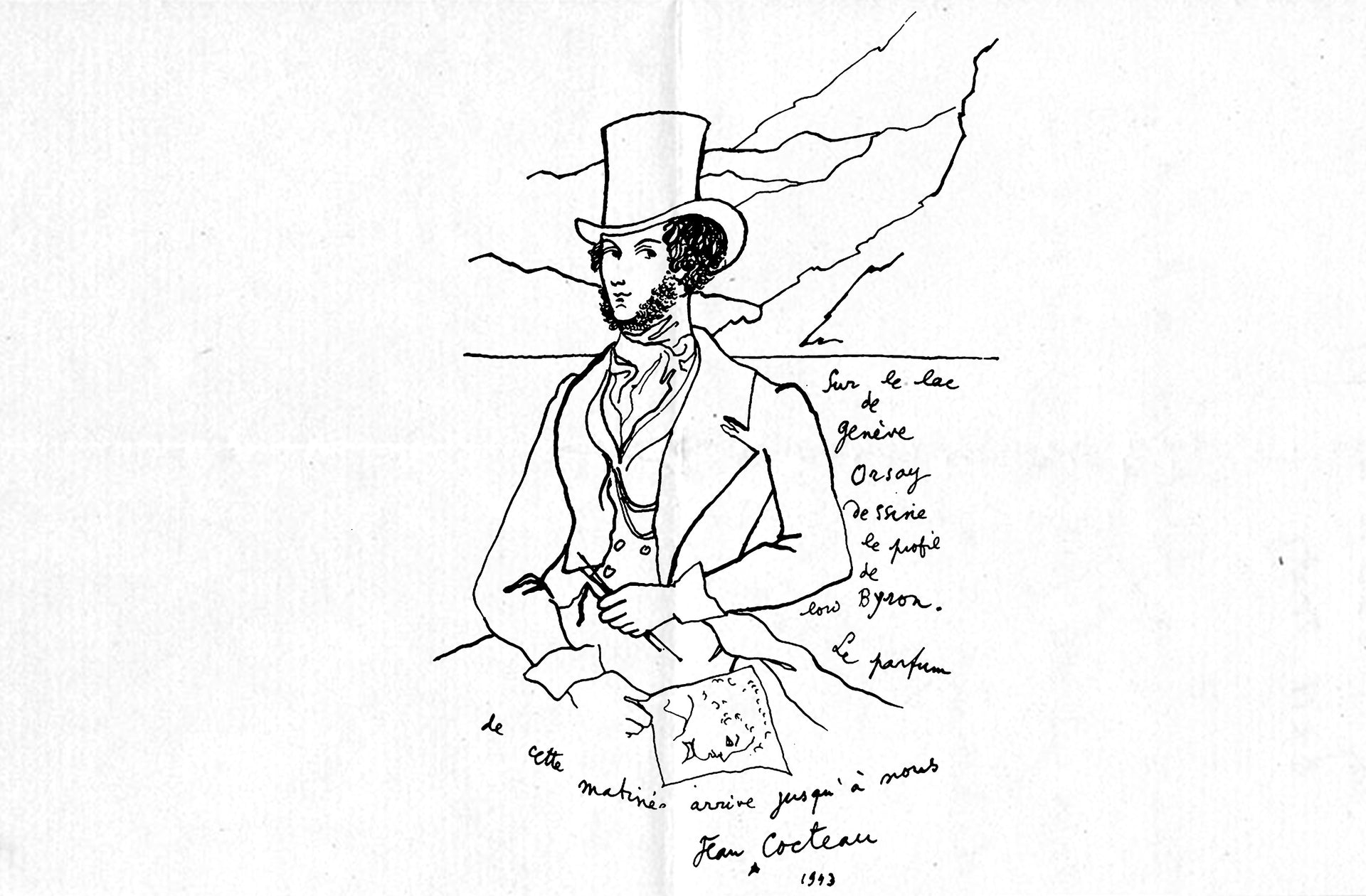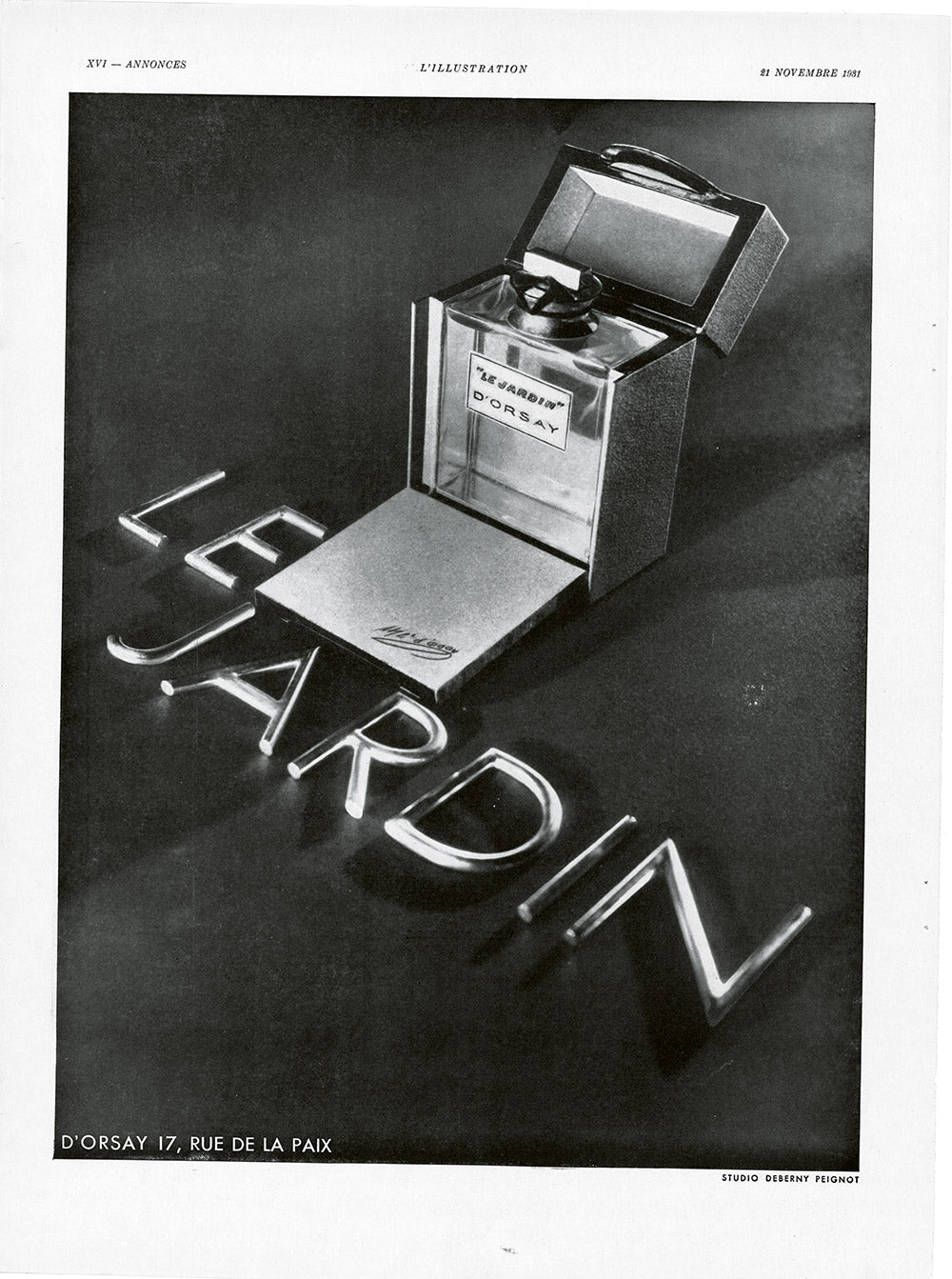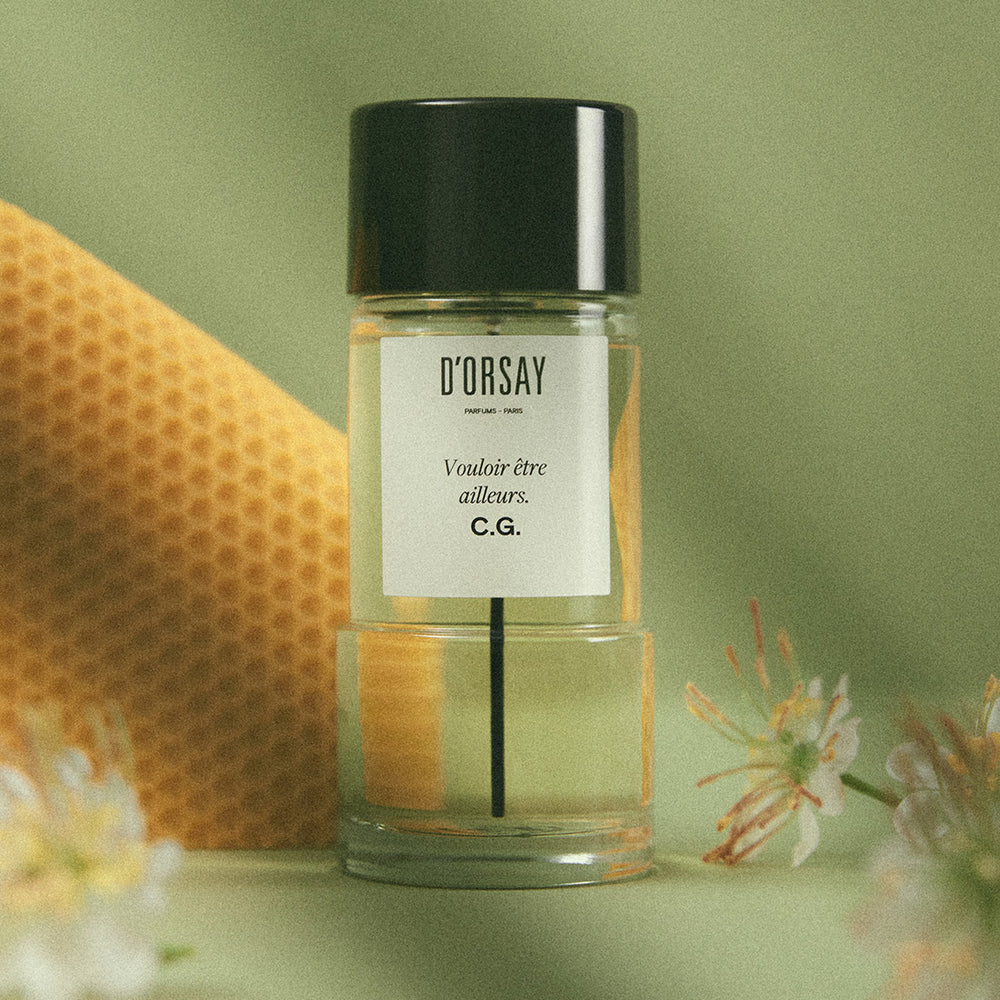We could tell you about his incredible pedigree, that he was the son of a Napoleonic patron and general, that he was born in 1801 and grew up in France, that he rubbed shoulders with the greatest minds and creators of his time: Lord Byron, Alexandre Dumas, Victor Hugo, George Sand, Charles Dickens and the future emperor Napoleon III, that he became the director of the Beaux-Arts in Paris.
We could also tell you about his eloquence and his beauty, about the success he had when he arrived in a salon in Paris or London, courted by women and envied by men; about his ability to "set the tone" by deciding to wear such and such a garment, to endorse such and such a color or such an artistic movement, about his inspired but sometimes disconnected look at the realities of the world that made him the icon of the famous New Yorker for each anniversary issue since 1925.
But we prefer to talk about his freedom of spirit and his impertinence, his acute sense of beauty. Alfred d'Orsay lived his life exactly as he wanted to: with passion, enjoying all the arts, thinking only of the moment, certainly burning his wings a little, sometimes out of pride but always out of love.


